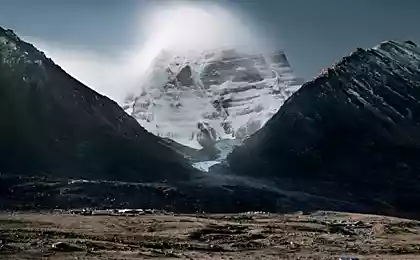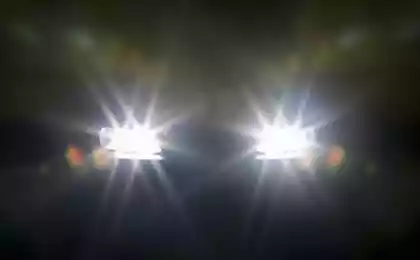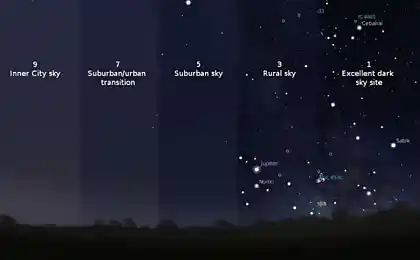494
In Tibet, established reserves of dark sky to astronomers and hobbyists
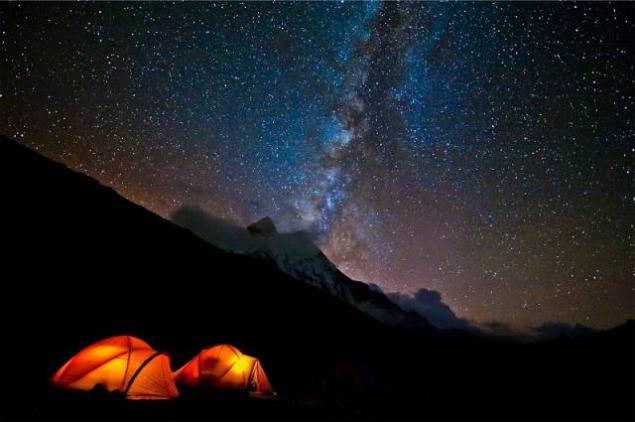

The Chinese government on Tibet creates a special territory "dark sky reserve» (dark sky reserve), which will be followed a special regime, which prevents light pollution. The main objective of innovation - is to attract astronomers and ordinary tourists who want to be on the "roof of the world" and to see the stars from the height of 4000 meters above sea level. The project also involved the Chinese organization for the protection of China Biodiversity Conservation of biodiversity and ecological Green Development Foundation Fund. In the event drew the attention of the British edition of The Times.
To monitor the work of "dark sky reserves" there is a special non-profit organization International Dark-Sky Association (IDA), which experts check the actual level of light pollution area, claiming the status of a "reserve". The organization publishes educational materials, including in Russian, to see one of which can be, for example, follow this link. IDA is not marginal, not calling to give up electricity and are not satisfied with a high-profile actions, which sometimes differs Greenpeace. In contrast, the organization's experts say that the fight against light pollution is primarily economic sense: If the light sources installed special filters that prevent the dissemination of "all sides" of light, it will be possible to reduce the lamp power, and eventually achieve a real organization vygody.Spetsialisty It estimated that artificial lighting takes 19% of the world's electricity, which leads to the emission into the atmosphere 1.9 billion tons of greenhouse gases. However, about 4, $ 5 billion a year is spent on "lighting the sky in vain».
The Chinese government has already requested the appropriate certification from IDA. The very territory of the reserve will have an area of approximately 2,500 square kilometers and is located in Ngari Prefecture, in the westernmost part of Tibet Autonomous Region. If you follow the link to Google Maps, it is only with a significant increase in the scale can be detected and the administrative center of the prefecture is very poor network of roads connecting the region with India and the rest of Tibet:
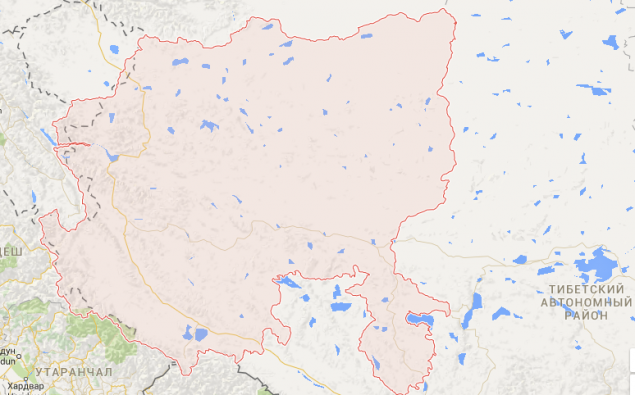
Interestingly, last year Wang Junjie (Wang Junjie), a researcher of the National Astronomical Observatory of the Chinese Academy of Sciences, complained that urbanization and, as a consequence, light pollution, make the observatory located near densely populated Beijing and Nanjing, virtually useless. As a result, the work of scientists near Pingtung, in Guizhou Province, who are searching for traces of extraterrestrial civilizations, like "... attempts to distinguish the sound of cicadas during the thunder."
As already Geektimes previously reported, the problem of light pollution as assessed by European and American scientists. They estimate that 60% of people in Europe and nearly 80% of North Americans can not see the glowing disk of our galaxy because of the effect of artificial lighting. These can be connected almost the entire population of Singapore, Kuwait, Malta, as well as large areas near big cities such as New York or Moscow. Thus it becomes clear why the "night sky reserve" list, certified the IDA, a total of 11 territories. There are criteria for evaluating the "weaker": according to their geographical area can be assigned the status of "dark sky park» (Dark-Sky Parks) and "dark sky community» (Dark-Sky Communities)
. Source: geektimes.ru/post/277692/
Colorful interiors Mumbai Taxi
It may seem that this is the usual photo of the girl. But take a closer look ...





